Lettuce Boston From Cultivation to Cuisine
Lettuce Boston , also known as Green Butter lettuce, Limestone lettuce, or Bibb lettuce after its original cultivator John Bibb, is a prized variety in the culinary world. Known for its delicate, buttery leaves and a mild, slightly sweet flavor, lettuce Boston stands out in the lettuce family for its distinctive, soft yet crunchy texture. This type of lettuce is botanically classified as Lactuca sativa and is a member of the Asteraceae family, akin to chicory and sunflowers.
The appeal of lettuce Boston extends beyond its taste and texture; it is also admired for its beautiful, rosette-like appearance, making it as visually appealing as it is delicious. Its round, cup-shaped leaves are perfect for creating attractive salad presentations and for use as a natural container for other foods, making it a versatile choice in various culinary applications.
In the kitchen, lettuce Boston is predominantly used raw to preserve its texture and nutritional value. It serves as an excellent base for salads, adding a refreshing crunch without overpowering other flavors. Its broad, pliable leaves are also ideal for wraps, serving as a healthier alternative to bread or tortillas. This lettuce pairs wonderfully with a variety of dressings, from light vinaigrettes to more robust, creamy options, and its mild flavor complements a wide range of ingredients like fruits, nuts, and cheeses. Whether used as a simple side or as a main dish component, lettuce Boston is a staple in kitchens for its adaptability and its role in enhancing the overall freshness and aesthetic of culinary creations.
| Feature | Description |
|---|---|
| Botanical Classification | Lactuca sativa, part of the Asteraceae family, related to chicory and sunflowers. |
| Appearance | Delicate, rosette-like with round, cup-shaped leaves, visually appealing for presentations. |
| Texture and Flavor | Soft yet crunchy texture, mild and slightly sweet flavor, ideal for not overpowering other ingredients. |
| Culinary Uses | Used predominantly raw in salads to preserve texture and nutritional value. Broad leaves ideal for wraps as a healthier alternative to bread. Pairs well with a variety of dressings and ingredients. |
Contents
Description and Taste
Boston lettuce, a medium to large varietal, exhibits a round and somewhat sprawling form, often compared to a blooming rose due to its loose, cup-shaped leaves. The outer leaves of Boston lettuce are broad and soft, possessing a distinctive frilled edge that adds to its visual appeal. These outer leaves transition in color from a vibrant dark green at the edges to a lighter green as they approach the center, encapsulating the more tightly bound, yellow-green leaves that form the core of the head.
The texture of Boston lettuce is notably delicate, which sets it apart from more crisp varieties like iceberg or romaine. The leaves are thick yet maintain a softness that is buttery to the touch. This lettuce does not just stack in flat, even layers; rather, it arranges itself in a rosette pattern, each leaf curving gently into the next, creating a voluminous and fluffy appearance that is as functional as it is aesthetic. This structure allows it to hold dressings and other ingredients with ease, making it a favorite for culinary uses.
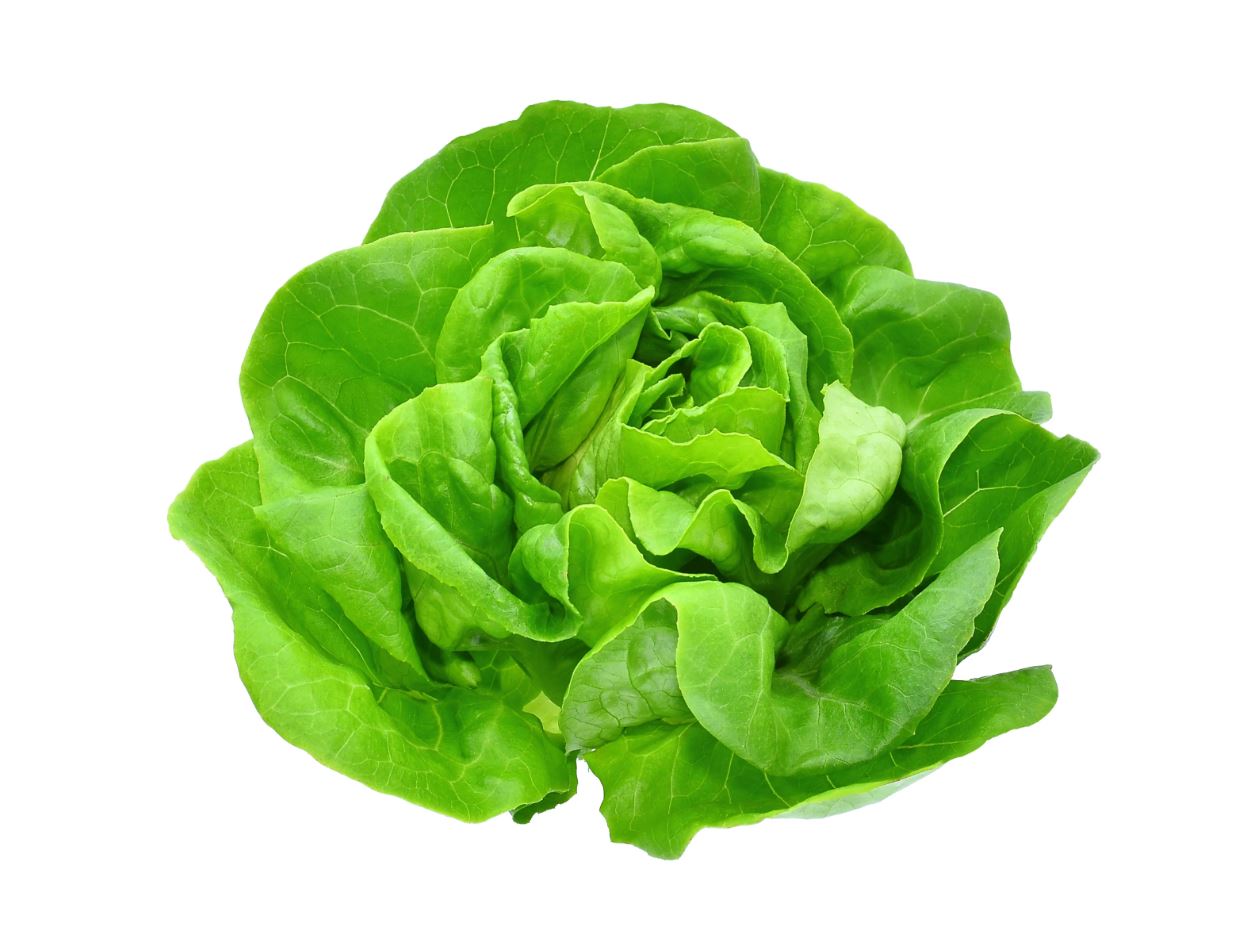
The flavor of Boston lettuce is as appealing as its physical appearance. Known for its nutty, mild, and sweet undertones, it offers a refreshing palette without the bitterness that some other green varieties might carry. The taste is subtle enough to blend seamlessly with other ingredients yet distinctive enough to stand out when used as the primary green in a dish. Its sweetness is complemented by a natural, vegetal taste that adds depth to its flavor profile.
This lettuce’s tender texture contributes to its taste experience; each bite is crisp yet melts away easily, a quality highly appreciated in both fresh salads and as wraps. The lettuce’s ability to pair with a myriad of flavors—from sharp vinaigrettes to creamy, rich dressings—underscores its culinary versatility.
| Characteristic | Description |
|---|---|
| Appearance | Round, sprawling form similar to a blooming rose. Outer leaves are broad, soft with a distinctive frilled edge, transitioning in color from vibrant dark green to lighter green towards the center. |
| Texture | Delicate, thick yet soft, buttery leaves that arrange in a rosette pattern, creating a voluminous and fluffy appearance. |
| Flavor | Nutty, mild, and sweet undertones without the bitterness typical of some greens. Subtle yet distinctive, it enhances other ingredients without overwhelming them. |
| Culinary Uses | Ideal for fresh salads and wraps due to its ability to hold dressings and pair with diverse flavors. Its tender texture makes each bite crisp yet melting, suitable for both sharp and creamy dressings. |
Seasons and Availability
Boston lettuce is a robust variety, available throughout the year, which makes it a dependable choice for both home cooks and professional chefs. Its peak season, however, falls in the summer through to the fall, when it is at its most vibrant and flavorful. During these months, the leaves are particularly tender and the natural sweetness of the lettuce is more pronounced.
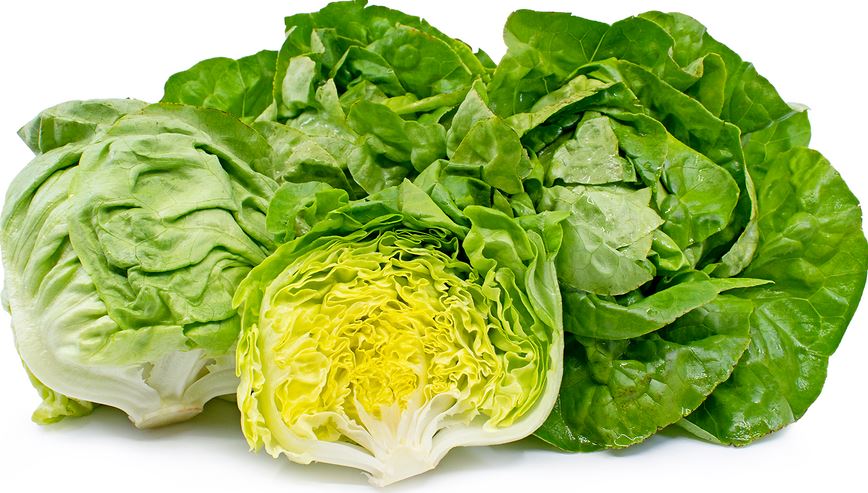
The year-round availability of Boston lettuce does not mean that its quality is constant. Seasonal changes can influence both the texture and the taste of the lettuce. In the warmer months, when it is naturally in peak season, the growth conditions are ideal for developing the soft, lush leaves that this variety is known for. Conversely, in colder months, the lettuce can sometimes become slightly tougher and less flavorful, as the colder temperatures affect the plant’s growth cycle and the sweetness of the leaves.
Understanding these seasonal variations is crucial for anyone looking to utilize Boston lettuce in culinary creations, as it affects not only the taste and texture but also the overall presentation of dishes. During off-peak seasons, it may require more careful selection and potentially different culinary techniques to maximize its quality and flavor in dishes.
| Season | Quality Characteristics | Culinary Implications |
|---|---|---|
| Peak Season (Summer to Fall) | Lettuce is most vibrant and flavorful with tender, lush leaves and pronounced natural sweetness. | Ideal for fresh salads and dishes where the natural flavor and texture of the lettuce can be showcased. |
| Off-Peak Season (Colder Months) | Lettuce can become slightly tougher and less flavorful due to colder temperatures affecting growth and sweetness. | Requires more careful selection and potentially different culinary techniques to maximize quality and flavor in dishes. |
Botanical and Nutritional Insights
Botanical Classification
Boston lettuce, scientifically known as Lactuca sativa, falls within the Asteraceae family, sharing lineage with daisies and artichokes. This classification encompasses a wide variety of plant species, many of which are pivotal in both horticulture and cuisine. Boston lettuce belongs to the butterhead group of lettuces, characterized by their loose head formation and soft, buttery-textured leaves.
This particular variety thrives in limestone-rich soils, which tend to be well-draining and maintain a neutral to slightly alkaline pH level. These soil conditions are beneficial for the growth of Boston lettuce, helping to develop its tender leaves and distinct flavor. The lettuce’s ability to grow in such specific conditions reflects its adaptability and the ease with which it can be cultivated in various regions, making it a popular choice among both commercial growers and home gardeners.

Nutritional Value
Boston lettuce is not only favored for its culinary versatility but also for its nutritional profile. It is a good source of vitamins A and K, which are essential for vision health, immune function, and blood clotting. Additionally, it contains important minerals such as calcium, magnesium, phosphorus, and potassium, which play crucial roles in bone health, energy production, and overall cellular function.
The health benefits of incorporating Boston lettuce into one’s diet are notable. Its high water content makes it hydrating, while its low calorie count makes it ideal for weight management. The presence of dietary fiber aids in digestion and helps maintain a healthy gut. Moreover, the antioxidants found in Boston lettuce contribute to overall health by combating oxidative stress and inflammation in the body.
| Aspect | Details |
|---|---|
| Botanical Classification | Scientific name: Lactuca sativa. Part of the Asteraceae family, related to daisies and artichokes. Belongs to the butterhead group of lettuces with loose heads and soft, buttery-textured leaves. |
| Growth Conditions | Thrives in limestone-rich soils that are well-draining and maintain a neutral to slightly alkaline pH level. These conditions help develop its tender leaves and distinct flavor. |
| Nutritional Value | Rich in vitamins A and K, essential for vision, immune function, and blood clotting. Contains minerals like calcium, magnesium, phosphorus, and potassium. |
| Health Benefits | Hydrating due to high water content, low in calories, aiding in weight management. Provides dietary fiber for digestion and gut health, and antioxidants to combat oxidative stress and inflammation. |
Culinary Applications
Boston lettuce is most commonly used in its raw form, valued for its crisp texture and mild flavor which make it a perfect base for salads. It is excellent when mixed with other salad greens to add volume and texture or used as the sole lettuce variety, particularly in simple salads that showcase its flavor. Additionally, its cup-shaped leaves are ideal for holding fillings, making it perfect for sandwiches and wraps. This lettuce pairs wonderfully with a variety of ingredients, including creamy avocado, crisp cucumbers, sweet tomatoes, and robust cheeses like feta or goat cheese. For dressings, it marries well with both light vinaigrettes and rich, creamy dressings like Caesar or blue cheese.
While less common, cooking Boston lettuce offers a unique take on this versatile vegetable. One method is braising, which transforms the leaves into a silky texture, bringing out a sweet, mellow flavor ideal for warm dishes. Slowly cooked with a little stock, garlic, and perhaps some butter, braised Boston lettuce can be a comforting side dish that pairs excellently with meats or as part of a vegetarian meal.
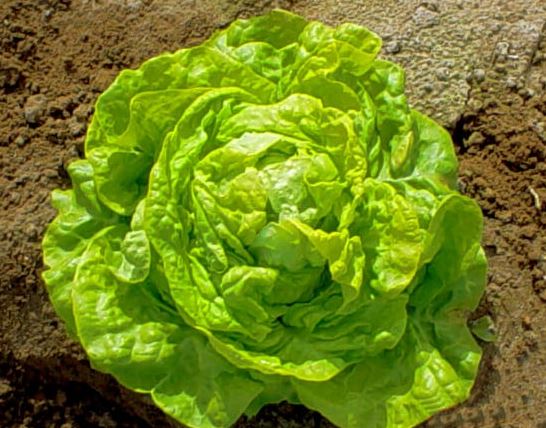
Adding Boston lettuce to soups is another innovative use, particularly in clear, brothy soups where the leaves can soften slightly but still retain some texture. It provides a pleasant contrast to the liquid elements of the soup, adding bulk and nutritional value. When using Boston lettuce in cooking, it’s important to pair it with flavors that complement its mild taste without overpowering it, such as mild herbs, light broths, and soft spices.
| Preparation Method | Description | Pairings & Suggestions |
|---|---|---|
| Raw | Commonly used in salads for its crisp texture and mild flavor. Ideal for holding fillings in sandwiches and wraps. | Pairs well with avocado, cucumbers, tomatoes, feta or goat cheese. Works with both light vinaigrettes and creamy dressings like Caesar or blue cheese. |
| Braised | Cooking transforms the leaves into a silky texture, enhancing the lettuce’s sweet, mellow flavor. | Slow-cook with stock, garlic, and butter for a side dish that complements meats or fits into a vegetarian meal. |
| In Soups | Adds to soups, particularly clear, brothy ones, where it softens slightly but retains some texture. | Enhances soups with a bulk of mild herbs, light broths, and soft spices without overpowering the soup’s flavors. |
Cultural and Historical Background
Origin and Evolution
The story of Boston lettuce, often referred to as Bibb lettuce, is intertwined with the endeavors of John Bibb, an amateur horticulturist in the early 19th century. In the 1850s, in Frankfort, Kentucky, Bibb began cultivating a special type of lettuce in his garden that would later bear his name. This variety, initially known as Bibb lettuce, was noted for its tender texture and mild flavor, characteristics that quickly gained popularity among his neighbors and local markets.
As Bibb lettuce’s fame grew, it began to be cultivated in other regions, adapting to various climates and soil types, including limestone-rich soils which seemed to enhance its flavor and texture. Over time, as the lettuce was introduced to different regions, variations began to emerge, including what is now known as Boston lettuce. The transition from Bibb to Boston lettuce marked a slight variation in texture and leaf type, suited more for the cooler, northeastern climates of the United States, particularly around Massachusetts, from which it derived its name.
The spread of Boston lettuce globally was facilitated by its ease of cultivation and adaptability. It became a staple in Europe, Asia, and other parts of America, cherished for its use in a myriad of culinary applications from simple salads to complex wraps.
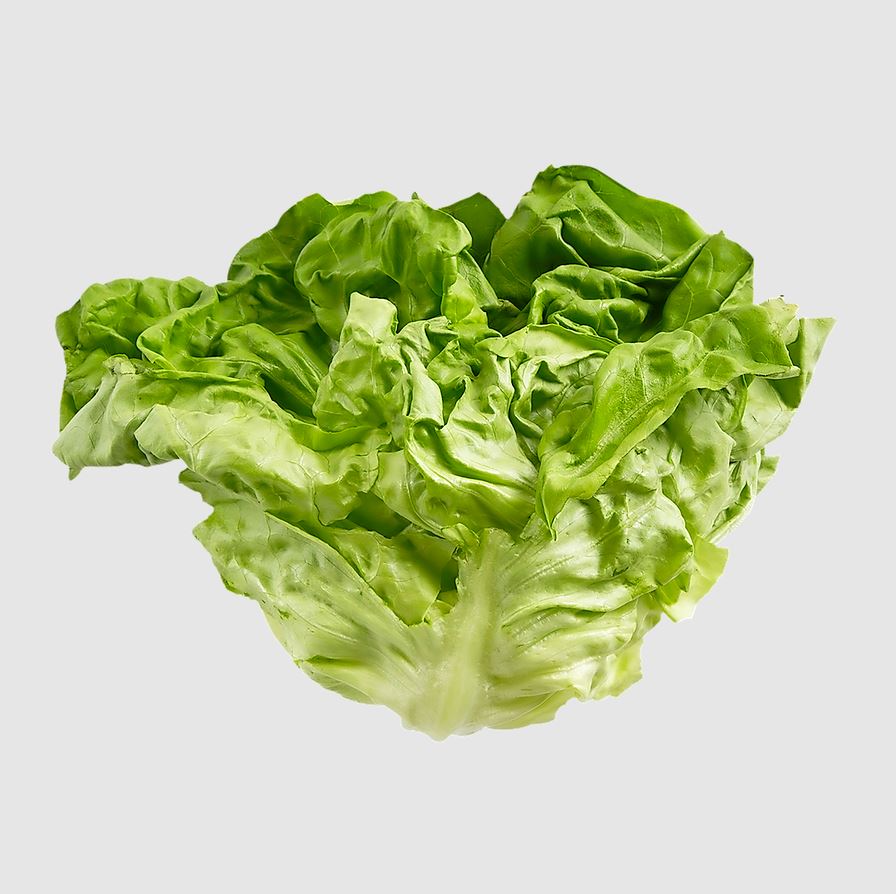
Modern Cultivation
Today, Boston lettuce is cultivated extensively across the globe, thriving in temperate regions that mirror its native climate conditions. It is grown commercially in vast fields and in greenhouses, where the environment—temperature, humidity, and soil pH—is controlled to optimize growth and maintain consistent quality year-round. This lettuce is also popular among home gardeners due to its relatively easy cultivation compared to more temperature-sensitive varieties.
In the United States, major production areas include California, Arizona, and Florida, which supply the bulk of the domestic market. Internationally, countries in Europe and Asia have also become significant producers, catering to both local and global demands. The lettuce is often found in supermarkets, farmers markets, and specialty stores, making it accessible to a wide consumer base.
| Aspect | Details |
|---|---|
| Origin and Evolution | Originated in the 1850s in Frankfort, Kentucky by John Bibb. Initially known as Bibb lettuce, it was cherished for its tender texture and mild flavor. As it spread and adapted to different regions, including the northeastern U.S., it evolved into what is now known as Boston lettuce. |
| Modern Cultivation | Cultivated globally, thriving in temperate regions with controlled environmental conditions in both open fields and greenhouses. Major U.S. production areas include California, Arizona, and Florida, with significant international cultivation in Europe and Asia. |
| Availability and Access | Widely available in supermarkets, farmers markets, and specialty stores, catering to a global consumer base and used extensively in various culinary applications. |
Featured Restaurants
Boston lettuce is a favorite among chefs for its versatility and aesthetic appeal in dishes. Below are some restaurants that feature this ingredient prominently in their menus:
- Waverly, Cardiff CA – Known for its innovative salads and wraps, Waverly uses Boston lettuce as a crisp base for many of its dishes. Contact: 619-244-0416
- Lumi, San Diego CA – This restaurant combines Asian fusion with Californian flavors, often using Boston lettuce in its small plates and appetizers. Contact: 619-955-5750
- Claytons Bakery & Bistro, Coronado CA – Offers a range of sandwiches where Boston lettuce adds crunch and freshness. Contact: 619-435-5425
- Revolution Roasters, Oceanside CA – Incorporates Boston lettuce into its health-focused menu items, like breakfast bowls and smoothies. Contact: 760-330-6827
- Bleu Boheme, San Diego CA – A French bistro that uses Boston lettuce in its classic Lyonnaise salads and as a garnish for its entrees. Contact: 619-255-4167
- Shorehouse Kitchen Carlsbad, Carlsbad CA – Features Boston lettuce in its coastal-inspired salads and seafood dishes. Contact: 858-663-9916
- Terra Restaurant, San Diego CA – Emphasizes local produce, with Boston lettuce featured in both raw and lightly cooked forms. Contact: 619-293-7088
- Portside Pier (Brigantine), San Diego CA – Uses Boston lettuce in a variety of dishes, from traditional seafood plates to modern Californian cuisine. Contact: 858-268-1030
These establishments highlight the adaptability of Boston lettuce, ensuring its presence in a diverse array of culinary traditions and menus across the gastronomic world.
| Restaurant | Location | Specialty | Contact |
|---|---|---|---|
| Waverly | Cardiff, CA | Innovative salads and wraps with a crisp base of Boston lettuce. | 619-244-0416 |
| Lumi | San Diego, CA | Asian fusion with Californian flavors, using Boston lettuce in small plates and appetizers. | 619-955-5750 |
| Claytons Bakery & Bistro | Coronado, CA | Sandwiches featuring Boston lettuce for added crunch and freshness. | 619-435-5425 |
| Revolution Roasters | Oceanside, CA | Health-focused menu items like breakfast bowls and smoothies incorporating Boston lettuce. | 760-330-6827 |
| Bleu Boheme | San Diego, CA | Classic Lyonnaise salads and entrées garnished with Boston lettuce. | 619-255-4167 |
| Shorehouse Kitchen Carlsbad | Carlsbad, CA | Coastal-inspired salads and seafood dishes featuring Boston lettuce. | 858-663-9916 |
| Terra Restaurant | San Diego, CA | Local produce emphasis, featuring Boston lettuce in raw and lightly cooked forms. | 619-293-7088 |
| Portside Pier (Brigantine) | San Diego, CA | Variety of dishes, from traditional seafood plates to modern Californian cuisine with Boston lettuce. | 858-268-1030 |
Recipe Ideas
Boston lettuce is celebrated for its soft, buttery texture and mild, sweet flavor, making it a versatile ingredient in both simple and sophisticated dishes. Here are a few recipes that showcase the adaptability of Boston lettuce, inviting cooks of all levels to experiment with its delightful qualities.
A classic and simple way to enjoy Boston lettuce is in a salad dressed with a zesty mustard vinaigrette. To prepare, whisk together 3 tablespoons of olive oil, 1 tablespoon of Dijon mustard, 1 tablespoon of white wine vinegar, a pinch of salt, and a dash of black pepper. Toss the dressing with a head of Boston lettuce leaves, torn into bite-sized pieces. Add sliced cucumbers and cherry tomatoes for added freshness and color. This salad is quick to prepare and perfect for a light lunch or as a side dish.
Use whole Boston lettuce leaves as a low-carb wrap for a filling and nutritious meal. For the filling, mix diced cooked chicken breast with sliced avocado, red bell pepper, and a sprinkle of cilantro. Season with lime juice, salt, and pepper. Place a generous amount of the chicken mixture on each lettuce leaf, roll it up, and secure with a toothpick. These wraps are not only healthy but also packed with flavor, making them ideal for a family dinner or a portable lunch.
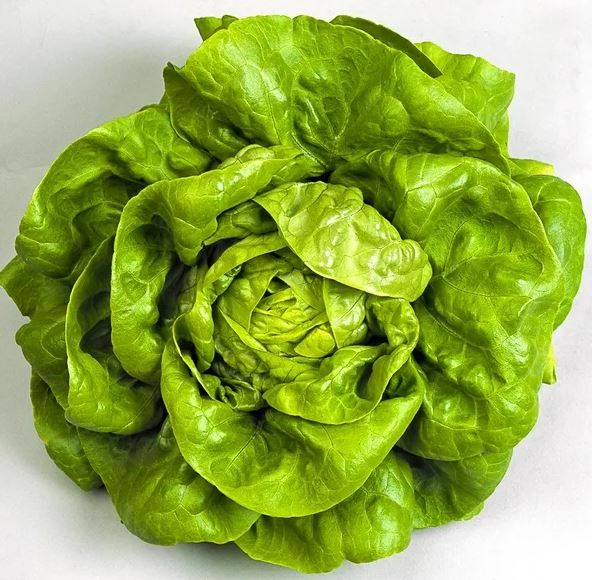
For a more sophisticated approach, try braising Boston lettuce. This method enhances its natural sweetness and complements its tender texture. Cook chopped bacon in a skillet until crisp. Remove the bacon and in the same skillet, add a knob of butter, finely chopped shallots, and a cup of chicken broth. Add whole Boston lettuce heads, trimmed and cleaned, along with a cup of green peas. Cover and let simmer gently for about 10 minutes. The lettuce will soften and absorb the flavors of the bacon, shallots, and broth, creating a rich and comforting dish.
For a creative and health-focused use of Boston lettuce, consider adding it to a green smoothie. Combine a handful of Boston lettuce leaves with slices of green apple, a banana, a scoop of Greek yogurt, and a splash of almond milk in a blender. Blend until smooth. The lettuce adds a mild, fresh flavor and loads of nutrients without overpowering the other ingredients. This smoothie is an excellent way to start the day or recharge after a workout.
| Recipe Type | Description | Ingredients | Preparation |
|---|---|---|---|
| Simple Salad | A light salad dressed with a zesty mustard vinaigrette. | Olive oil, Dijon mustard, white wine vinegar, salt, black pepper, Boston lettuce, cucumbers, cherry tomatoes. | Whisk dressing ingredients, toss with torn lettuce leaves and sliced vegetables. |
| Low-Carb Wraps | Healthy and flavorful wraps using whole Boston lettuce leaves. | Cooked chicken breast, avocado, red bell pepper, cilantro, lime juice, salt, pepper, Boston lettuce leaves. | Mix filling ingredients, place on lettuce leaves, roll up, and secure with a toothpick. |
| Braised Lettuce | Enhances the lettuce’s natural sweetness and complements its tender texture. | Bacon, butter, shallots, chicken broth, Boston lettuce heads, green peas. | Cook bacon, use fat to sauté shallots, add broth and lettuce, cover and simmer with peas. |
| Green Smoothie | A nutritious smoothie incorporating Boston lettuce for added freshness and nutrients. | Boston lettuce leaves, green apple, banana, Greek yogurt, almond milk. | Blend all ingredients until smooth. Serve chilled. |
The versatility and appeal of lettuce Boston make it a standout ingredient in a variety of culinary applications. From the simplicity of a fresh salad to the complex flavors of a braised dish, lettuce Boston adapts beautifully to different cooking styles and flavors. Its tender, crisp texture and mild, nutty sweetness can enhance both the visual appeal and the taste of any meal.
Whether you’re a novice cook experimenting with new ingredients or an experienced chef looking to refine your recipes, lettuce Boston offers a wealth of possibilities. Its year-round availability and nutritional benefits also make it a practical and healthful choice for everyday cooking.
We invite you to explore the many flavors and uses of lettuce Boston in your culinary endeavors. Experiment with it in your favorite dishes, try new recipes, and discover the unique qualities that make lettuce Boston a beloved vegetable in kitchens around the world.
Lettuce -Succession Planting & Season Extension for Head Lettuce
Delicious Keto Hamburger Lettuce Wraps A Low-Carb Delight
Crafting the Perfect Little Gem Lettuce Salad with Beets
Cos Lettuce Cultivation and Food Safety Concerns
Refreshing Chinese Lettuce with Ginger Soy Sauce
Cabbage Lettuce What’s the Difference?
Homemade In and Out Burger Lettuce Wraps A Low Carb Delight
